mound Learn more about mound
-
Guangzhou characteristic Cafe recommendation-Guanyuan 1922 Gallery & CAFE
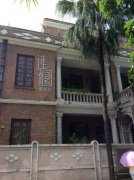
The road extending in all directions extends from the dirt mound to any direction. You can feel the extraordinary artistic conception of the owner from the name of the Museum of Art, and art is the closest way for human beings to communicate with God. In such a stronghold, there is scenery everywhere, showing attentiveness all the time. What kind of boutique coffee can be paired with the style of Guanyuan? Or what kind of coffee do you have for the garden?
2015-02-13 Guangzhou specialty cafe recommendation Guanyuan 1922 Gallery amp CAF -
Introduction of Arabica Coffee in six Fine Coffee producing areas in Honduras

In Honduras, coffee-producing areas are divided into six major areas, spread to the west and south, namely Santa Barbara (Santa Barbara), El Paraiso (El Paraiso), Copan (Copan), La Paz (La Paz) and Comayagua (Olan Mound), with an average planting height of more than 1100 meters above sea level. The variety of coffee is Elaraby
2016-06-23 Honduras six boutique coffee producing area introduction rabbi card species -
Introduction of the six major coffee producing areas in Honduras to the western and southern regions

In Honduras, coffee-producing areas are divided into six major areas, spread to the west and south, namely Santa Barbara (Santa Barbara), El Paraiso (El Paraiso), Copan (Copan), La Paz (La Paz) and Comayagua (Olan Mound), with an average planting height of more than 1100 meters above sea level. The variety of coffee is Elaraby
2016-06-17 Honduras six Coffee production area introduction West South -
Introduction of Santa Barara Manor in San Juan Heido region in six coffee producing areas in Honduras

In Honduras, coffee-producing areas are divided into six major areas, spread to the west and south, namely Santa Barbara (Santa Barbara), El Paraiso (El Paraiso), Copan (Copan), La Paz (La Paz) and Comayagua (Olan Mound), with an average planting height of more than 1100 meters above sea level. The variety of coffee is Elaraby
2016-06-29 Honduras six Coffee producing area introduction San Hu Theodore Sanba Lara Chuang -
Santa Barara Manor is introduced in the six major coffee producing areas of Honduras with a rich and well-balanced taste.

In Honduras, coffee-producing areas are divided into six major areas, spread to the west and south, namely Santa Barbara (Santa Barbara), El Paraiso (El Paraiso), Copan (Copan), La Paz (La Paz) and Comayagua (Olan Mound), with an average planting height of more than 1100 meters above sea level. The variety of coffee is Elaraby
2016-07-04 Overall Taste Rich balanced Honduras Big six Coffee producing area introduction Saint -
What are the six coffee producing areas in Honduras

In Honduras, coffee-producing areas are divided into six major areas, spread to the west and south, namely Santa Barbara (Santa Barbara), El Paraiso (El Paraiso), Copan (Copan), La Paz (La Paz) and Comayagua (Olan Mound), with an average planting height of more than 1100 meters above sea level. The variety of coffee is Elaraby
2016-06-14 Honduras six coffee producing areas divided into six major -
How to use siphon to make a good cup of coffee

1. The time of cooking-to know how to handle the siphon pot, for example, the time must be controlled within another 80 seconds, of course, it can be adjusted according to personal taste habits. It is recommended to rest for 15-20 seconds after the water boils up, and then stir every 15-20 seconds. Turn off the heat immediately after the third stirring and wrap the pot with a wet rag to cool quickly. I believe you can see the amber liquid drenched by the beautiful coffee mound! 2.
2015-05-26 How to use siphon a cup of coffee time -- how know hold -
Fine Coffee Technology how to use siphon to make a good cup of coffee

1. The time of cooking-to know how to handle the siphon pot, for example, the time must be controlled within another 80 seconds, of course, it can be adjusted according to personal taste habits. It is recommended to rest for 15-20 seconds after the water boils up, and then stir every 15-20 seconds. Turn off the heat immediately after the third stirring and wrap the pot with a wet rag to cool quickly. I believe you can see the amber liquid drenched by the beautiful coffee mound! 2.
2014-12-06 Boutique coffee technology how use siphon one cup time -
How to use siphon to make a good cup of coffee

1. The time of cooking-to know how to handle the siphon pot, for example, the time must be controlled within another 80 seconds, of course, it can be adjusted according to personal taste habits. It is recommended to rest for 15-20 seconds after the water boils up, and then stir every 15-20 seconds. Turn off the heat immediately after the third stirring and wrap the pot with a wet rag to cool quickly. I believe you can see the amber liquid drenched by the beautiful coffee mound! 2.
2015-02-28 How to use siphon a cup coffee skill time -how to know -
A fruity coffee manor in Honduras. Introduction to Santa Barara Manor
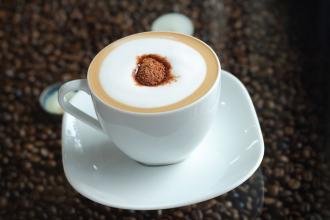
In Honduras, coffee-producing areas are divided into six major areas, spread to the west and south, namely Santa Barbara (Santa Barbara), El Paraiso (El Paraiso), Copan (Copan), La Paz (La Paz) and Comayagua (Olan Mound), with an average planting height of more than 1100 meters above sea level. The variety of coffee is Elaraby
2016-08-08 Fruity taste Honduras coffee manor producing area flavor characteristics introduction -
Brief introduction of Santa Barara Manor in San Juan Heido region of Honduras Coffee Bean in Northern Central America

In Honduras, coffee-producing areas are divided into six major areas, spread to the west and south, namely Santa Barbara (Santa Barbara), El Paraiso (El Paraiso), Copan (Copan), La Paz (La Paz) and Comayagua (Olan Mound), with an average planting height of more than 1100 meters above sea level. The variety of coffee is Elaraby
2017-02-25 Central America North Honduras Coffee beans San Hu Theto producing areas Sanba Ladies -
The coffee flavor of Santa Barara Manor in the San Juan Hido region of Honduras in northern Central America tastes good.

In Honduras, coffee-producing areas are divided into six major areas, spread to the west and south, namely Santa Barbara (Santa Barbara), El Paraiso (El Paraiso), Copan (Copan), La Paz (La Paz) and Comayagua (Olan Mound), with an average planting height of more than 1100 meters above sea level. The variety of coffee is Elaraby
2017-03-06 Central America North Honduras San Hu Theodore producing area Santa Ba Lala Manor -
Coffee producing area of Honduras-west and south, namely Santa Barbara
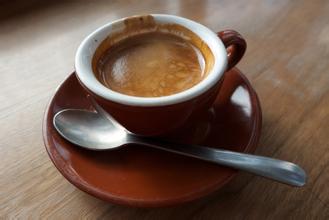
The geography of Honduras is no less than that of its neighboring coffee-producing countries such as Guatemala and Nicaragua. There are 280000 hectares of coffee plantations in Honduras, mainly small coffee plantations, most of which are less than 3.5ha. These coffee plantations account for 60% of the total coffee production in Honduras. In the coffee garden, because the planting area belongs to the mountain area, so people
2016-06-17 Honduras coffee producing areas west south namely Santa Barbara -
The six major coffee producing areas in Honduras introduce coffee processing methods
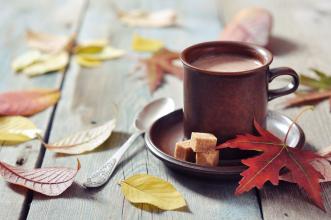
There are 280,000 hectares of coffee plantations in Honduras, mainly small coffee shops, most of which are less than 3.5 hectares. These coffee shops account for 60% of Honduras 'production. In coffee plantations, coffee beans are collected by hand, carefully processed and prepared to meet the tastes of consumers in accordance with market demand. Honduras harvests 3 million bags of coffee every year
2016-07-02 Honduras six major coffee producing area presentation treatment way method -
Introduction of Honduran raw bean culture boutique coffee beans

Honduran coffee seems strange to many coffee drinkers. When it comes to coffee production, the geographical conditions of Honduras are no less than those of neighboring coffee-producing countries such as Guatemala and Nicaragua. However, in the past, Honduras was less well-known in the consumer market because it did not have strong support in the handling and transportation of raw beans. Honduras (Honduras) 2
2016-06-15 Honduras raw beans culture introduction boutique coffee beans -
What is the quality of coffee in Honduras? what is the brand of Panamanian coffee?
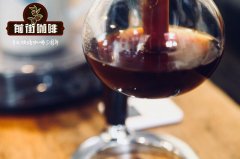
The exchange of professional baristas please follow the coffee workshop (Wechat official account cafe_style) Panamanian coffee brand: Panamanian specialty coffee is classified and numbered into small batches, small batches are designed to small capacity for optimal management, classification numbers enable buyers to understand and track information throughout the process. Because of its small quantity, Panamanian coffee products are based on special coffee. Country
2018-12-18 Honduras coffee producing area quality how Panama brand professional -
Flavor and taste of Honduran coffee beans Description of varieties Manor region
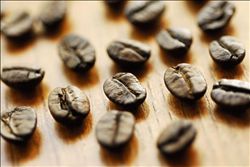
In Honduras, the coffee producing areas are divided into six major producing areas, located in the west and south, namely Santa Barbara, El Paraiso, Copan, La Paz, Comayagua and Olancho.
2016-11-16 Honduras Coffee Bean Flavor Taste Description Variety Manor Region Introduction -
How to use siphon to make a good cup of coffee

1.
2014-07-15 Siphon pot brew coffee siphon pot coffee -
The method of brewing coffee with Nel Drip flannel filter cloth
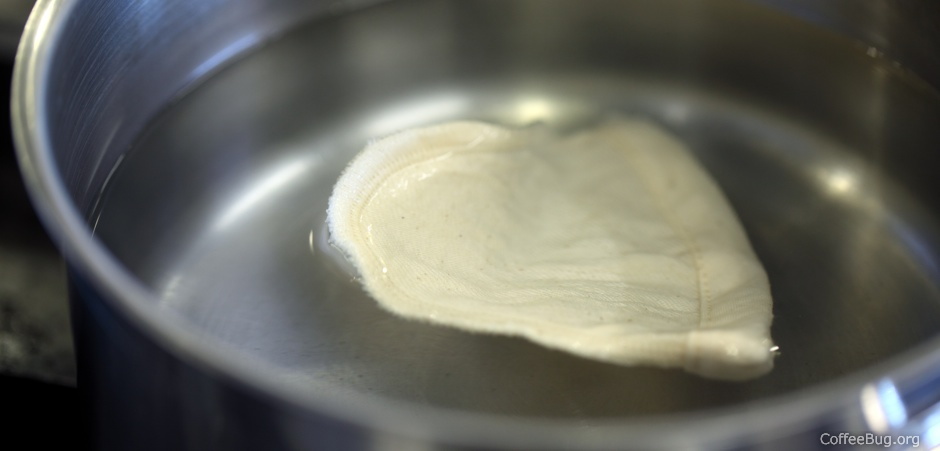
If you just bought a new flannel filter, remove the flannel filter from the metal ring and boil it in water for 5 minutes, then put it on the iron ring. Grind coffee beans. The amount of coffee powder used to make coffee with flannel is more than that of a conventional drip filter; the normal amount is 45-50g; the coffee powder is thicker to grind, similar to that used in a French kettle. Use hot water warm flannelette and bottom kettle for 1 minute, then
2015-10-28 Nel Drip flannel filter cloth brewing coffee method if buy -
Coffee growing area of Galapagos Islands composed of volcanic piles and lava

Along the coast, the annual precipitation is only 250 mm, with tall trees. The animals on the island are peculiar, especially for giant turtles and lizards. In 1535, Spanish navigator Thomas de Belanga led a fleet to the archipelago and landed and found that it returned to Ecuador in 1832. Darwin, a British naturalist, visited the island in 1835. The rare fauna on the island has played a role in demonstrating his theory of biological evolution.
2016-06-17 Volcano lava composition coffee growing area Lapa Goss archipelago
